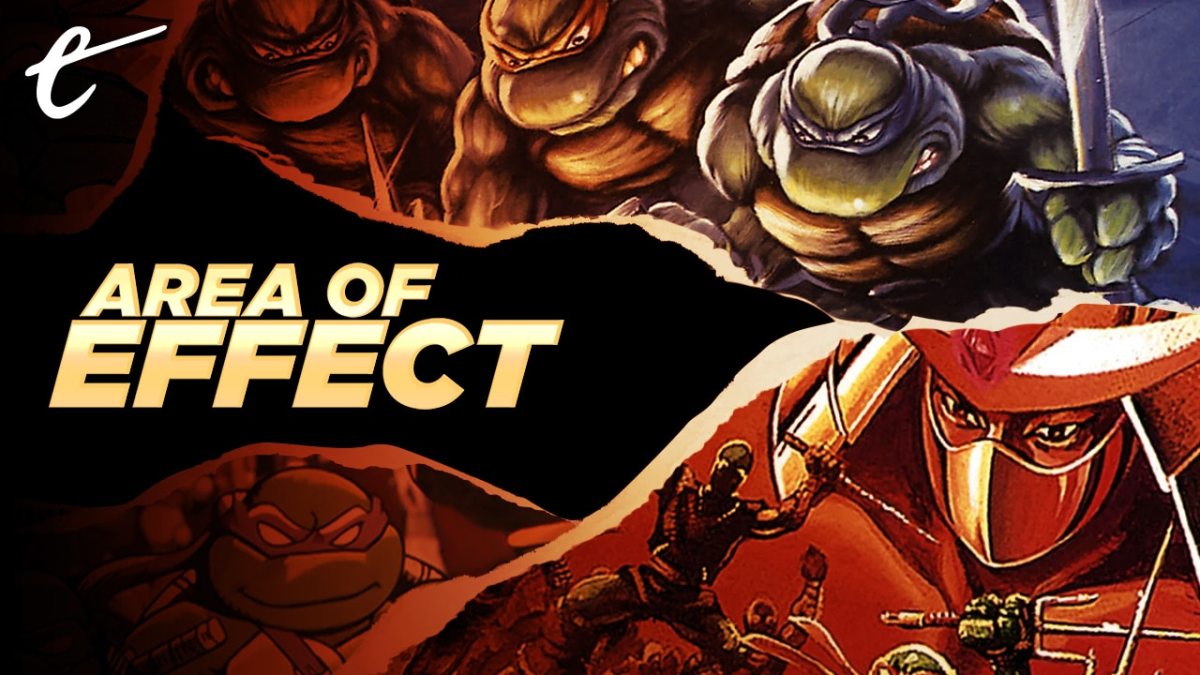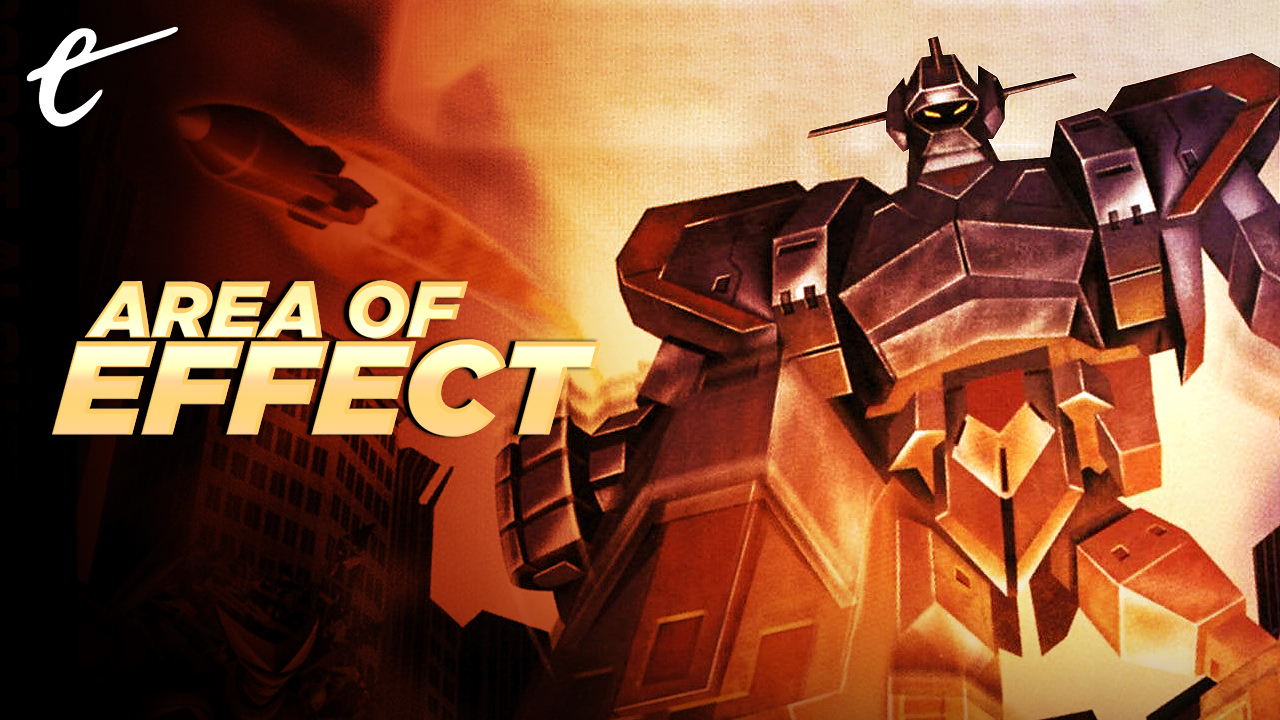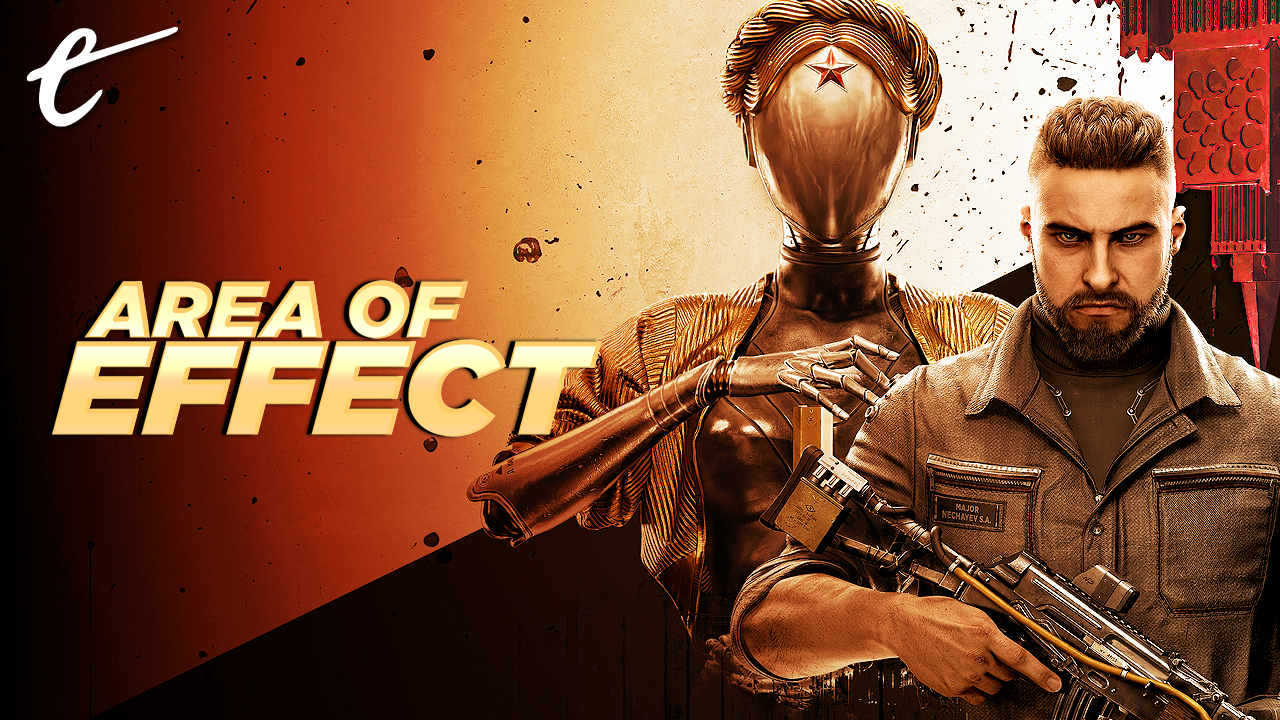The Teenage Mutant Ninja Turtles arcade game is a piece of ‘90s arcade history, but is it really worth re-experiencing? That’s the question I’ve been asking myself as I consider the recently revealed Teenage Mutant Ninja Turtles: The Cowabunga Collection. I can’t tell you where the arcade in question was, but I can remember walking in and seeing this four-player monster sitting in the middle of the floor, belting out the Teenage Mutant Hero Turtles theme.
Yes, in the UK, the show was called Teenage Mutant Hero Turtles. The then-head of the British Board of Film Classification, James Ferman, had some very strange ideas about what the fragile tea-sipping populace needed protecting from. Nunchucks and ninjas were right out, as were sausages that might be mistaken for nunchucks. Headbutts were also a no. So we got a version of The Matrix where Neo gunned down innocent security guards, but Morpheus and Smith’s forehead wrestling was excised.
Whatever it was called, when I finally persuaded my parents to give me some more change, (“What happened to the money we just gave you?”) I was plunged into a glorious world of cartoon violence. I never got all that far, time and pocket money proving an obstacle. So if that had been my only interaction with the Teenage Mutant Ninja Turtles arcade game, that’s how it would have remained in my mind, a pristine piece of entertainment.
However, a couple of years ago I got the chance to revisit the arcade Teenage Mutant Ninja Turtles game, playing it from beginning to end, and it… just isn’t that good. Nostalgia undoubtedly warped my recollections – for example, there doesn’t actually seem to have been a version of the machine that used the TMHT song. But as a beat ‘em up, it’s rather middling.

Virtually all sidescrolling beat ‘em ups reuse enemies. But encountering Foot Soldier after Foot Soldier isn’t all that much fun, and it’s a step back from Konami’s previous Crime Fighters. In part, this was the fault of the animated series where the Foot Soldiers were the generic enemy, but it sorely needs more visual variety. You’ve got a relatively simple move set, so you can’t really spice things up in that respect, either.
Teenage Mutant Ninja Turtles: Turtles in Time is a better game, not least because of the radical (sorry) change in scenery. But arcade games were designed to repeatedly separate people from their money. I do love arcades, but I openly recognize that they existed to make money. Sometimes an absurd amount of thought went into keeping the player on the hook. Take R-Type for example, where, according to the developer, “stage 2 draws you a little further in, stage 3 makes you think ‘wow, I didn’t know a STG (shooting game) could be like this’ and gets you excited for what’s to come, stage 4 raises the difficulty sharply and builds income for the operator.”
You might argue that swamping the character with Foot Soldiers is a test of skill, but with just a jump and attack button, how much skill can you exercise? At the time, if they decided they weren’t making enough cash, the arcade operator could also reduce the number of lives you got per credit and up the difficulty, using the “dip switch” settings.
So you could reach the second level and turn up the next day to find that suddenly you were getting less play for your 50 pence. And unlike in a game like Street Fighter II, where beating opponents required a degree of skill, you could just pump more and more money in to continue TMNT. As infamously tough as the NES version of Teenage Mutant Ninja Turtles was (and is), it wasn’t “pay to win.”

So does that mean the Teenage Mutant Ninja Turtles arcade game should be booted out of The Cowabunga Collection and replaced with, say, Teenage Mutant Ninja Turtles pinball? No.
I can’t see myself spending any degree of time on it, but it’s still a hugely important title. These days, Konami is known for its pachinko machines and abject refusal to do anything with the Silent Hill franchise. But back in the day, it was a serious arcade machine manufacturer, and the Teenage Mutant Ninja Turtles game was massively successful in 1990.
Even stripped of its imposing four-player cabinet, the now-delisted Xbox Live version sold nearly a million copies. You can argue till the turtles come home about how many of those million copies were down to nostalgia, but this is a game that meant a lot to a lot of people and still does.
The success of the TMNT arcade game also paved the way for a range of other licensed beat ‘em ups. Konami had purchased the Teenage Mutant Ninja Turtles video game rights, but when it came to turning The Simpsons into an arcade title, it was on a by-game basis. It’s reasonable to assume the success of the Teenage Mutant Ninja Turtles arcade game carried some weight when it came to Konami getting its hands on The Simpsons.

Then there was the X-Men beat ’em up, Asterix, and Bucky O’Hare. Konami was sticking to a formula, and while these machines never quite matched the success of Teenage Mutant Ninja Turtles, they sold all the same.
Ultimately, if it’s been a long time since you’ve played the arcade version of Teenage Mutant Ninja Turtles and you’re picking up Teenage Mutant Ninja Turtles: The Cowabunga Collection, be prepared for it to lose some of its nostalgia-induced shine, even with the new online options. But Teenage Mutant Ninja Turtles is still such an important game, both in terms of success and the way it helped popularize four-player games. Is it worth reliving? Maybe not. But it’s absolutely worth recognizing, and Teenage Mutant Ninja Turtles: The Cowabunga Collection would be woefully incomplete without it.





